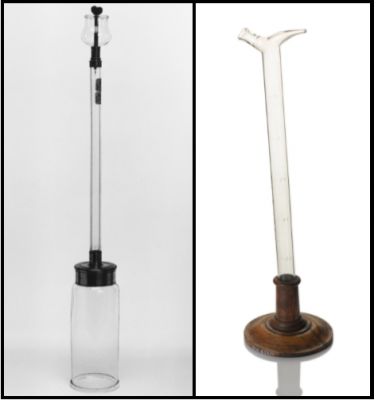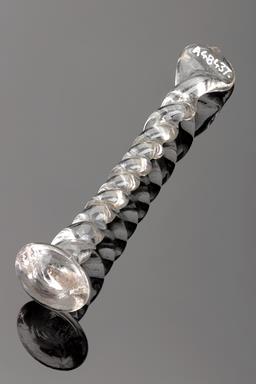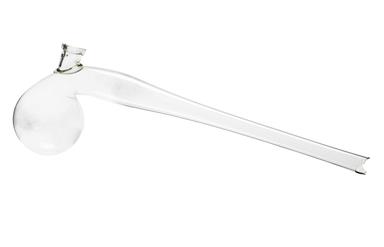We’ve recently launched a new research project, #chemglass, to identify the role of items in our collection of historical glassware. As part of the project, we want to know about your experience of using them.
The collection dates back to the 18th century, and contains thousands of examples of the huge variety of glassware that chemists have used, and continue to use today. Much of the chemical glassware in the collection is well documented, with records detailing where the item was manufactured, where it was used and what kind of laboratory or field work it was involved in. In some cases, there are even records of who owned the item. But there are gaps.

There are two strands to the #chemglass project.
The first is that we want your stories. We have a lot of practical information about our collection, however, it’s helpful for historians to understand the nuances of the practical uses of an object. We’re looking for people to offer their memories of using this glassware and tell us if it was a useful reliable tool. Was it essential for a certain experiment? Or was too fiddly and not quite the right design? Did you have to adapt it or break it? Perhaps you used it for something other than its original intention? Whatever your experiences, we want to hear from you.

There are also some objects that the curators are not sure about how were they used or how an experiment would have worked. These are most often the older items in the collection, where the precise nature of the item has been lost to history. This is the second strand of our project, we’re hoping that the knowledge of modern day chemists will shed light on the possible uses and roles of these historic objects.
This project is being conducted in partnership with the Royal Society of Chemistry so if you have anything to contribute to #chemglass please email pressoffice@rsc.org. You can also follow them on twitter @RoySocChem for #ChemGlass updates.
